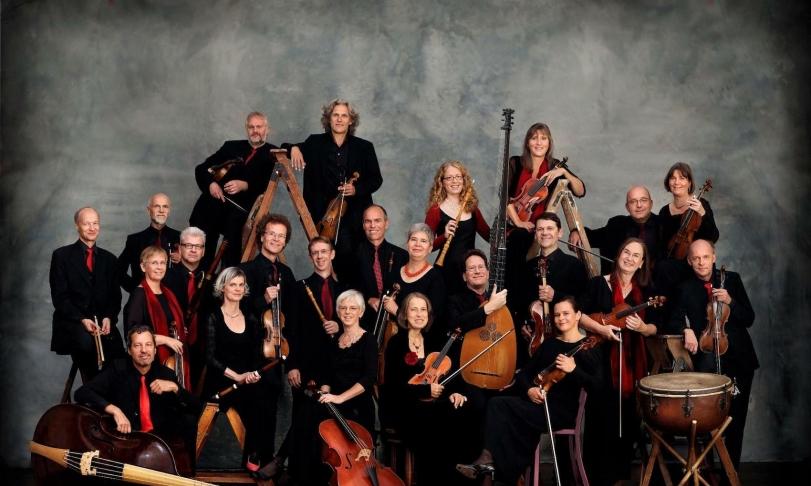
Paul Wranitzky (1756-1808) was one of the most respected musicians in Europe in his time. A native of Moravia, he moved to Vienna like many aspiring musicians and quickly achieved the status of a remarkable and versatile composer of operas, chamber music, and symphonies. Once a highly respected and influential musician, Wranitzky is now almost forgotten in the shadow of his better-known contemporaries and friends Mozart, Haydn, and Beethoven, who appreciated Wranitzky as a composer and practicing violinist and conductor.
Beginning in the 21st century, Wranitzky is enjoying an astonishing rediscovery unlike any of his fellow composers of the 18th century, whose works, unlike the greats of the time, did not make it into the timeless hit list of the classical genre. This rediscovery manifests itself in numerous recordings that have appeared with various ensembles, primarily on the Naxos label. An overview of the recordings can be found on the website www.wranitzky.com, which is run by The Wranitzky Project, which owns sources for about 80 percent of the composer's surviving output to date and makes this score material available free of charge. This includes numerous stage works, about 45 symphonies, a large amount of chamber music in various genres, and many concertos. The music material for the Wranitzky symphonies on the brand new album by the Akademie für Alte Musik Berlin, released on the Deutsche Harmonia Mundi label, also comes from The Wranitzky Project.
The album begins with the overture to "Oberon, König der Elfen" (Oberon, King of the Fairies), the setting of the verse epic "Oberon" by Christoph Martin Wieland, which was premiered by Emanuel Schikaneder's troupe and had been extremely successful on the repertoire of various theaters for many years. However, it is primarily the symphonic works on this Wranitzky album that are ravishingly awakened from their Snow White dream by the Akademie für Alte Musik Berlin, acting without a conductor. The Symphony in C minor, Op. 31, the "Grande Sinfonie caractéristique pour la paix avec la République Française" is even a real program music of great pictorial power and intensity, exquisitely orchestrated, with the sections "The Revolution: March of the English. March of the Austrians and Prussians", "The fate and death of Louis XVI" and "The peace negotiations. Cries of joy at the restored peace." This symphony, nicknamed "La Paix," proves to be a riveting work that illustrates the wars following the French Revolution and evokes the march and battle music of the time.
The Symphony in D major, Op. 36, is dedicated to a royal event: "Sinfonie bei Gelegenheit der hohen Vermählung Sr. K.K.. Hoheit des Erzherzogs Joseph, Palatinus von Ungarn mit Sr. K. Hoheit der Grosfürstin Alexandra Paulowna, verfast und dem hohen Brautpaare unterthänigst zugeeignet". Previously unpublished is the Symphony in D minor "La Tempesta". The bass drum is used here in the final movement to represent the storm. The composer noted detailed playing instructions for this part, namely for shaping the thunder that dominates the storm. The depiction of the storm comprises the entire last movement. Frenzied scales, tremolos and diminished chords break the scheme of sonata form before a festive jubilation puts the reign of the forces of nature in its place. Compared to the shattering violence of this movement, the thunderstorm movement in Beethoven's Pastorale seems like a mild rain.
The Akademie für Alte Musik Berlin under concertmaster Bernhard Forck recorded reference versions of Wranitzky's works on this album and once again proves to be one of the best orchestras on the early music scene, if not the very best.
Akademie für Alte Musik Berlin
Bernhard Forck, direction









